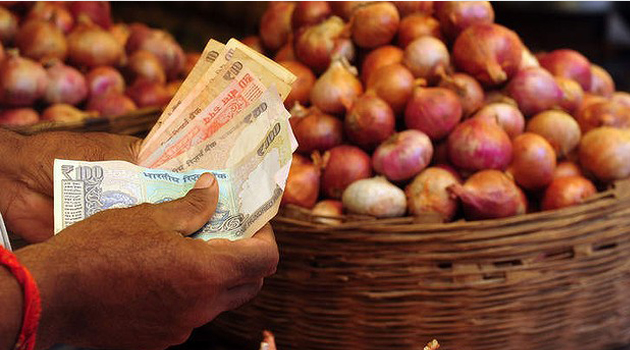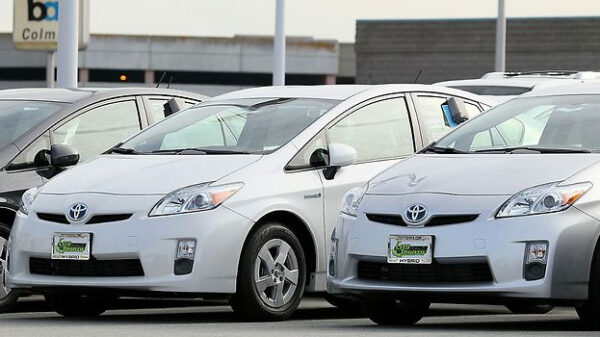ROME, December 22 – Tea prices reached record levels this year but should ease in 2010 as weather patterns returned to normal in the main tea-producing regions of Asia and Africa, FAO said.
The FAO Tea Composite price, the indicative world price for black tea, reached a high of $3.18 a kilogramme in September amid droughts in India, Sri Lanka and Kenya underpinned by increased demand, compared to an average price of $2.38 per kilogramme in 2008.
The concern is that tea producers could over-react to the current high prices by planting more crops, threatening an over supply in the market, FAO said.
"Some producing countries, such as India, have acted responsibly and announced that they would not be expanding current tea areas beyond what is required for replanting and rehabilitating existing tea gardens," said Kaison Chang, Secretary of FAO’s Inter-Governmental Group on Tea, the only international tea authority.
"The return of normal weather patterns in the main producing regions indicates that the tight global market situation should begin to ease alleviating the pressure on world tea prices in the New Year," he said.
Although consumption growth outpaced production between 2005 and 2009 (an estimated 0.8 percent as opposed to -0.6 percent, respectively) the gap between consumption and production growth was largest between 2007 and 2009, when it reached 3.4 percentage points, coinciding with the surge in prices.
Some of the price increases were passed along the value chain to consumers as retail prices increased by five percent across supermarkets in Europe.
Habit forming
The fact that demand for tea remained robust, despite the global recession, supports the assertion that tea consumption is "habit forming" and is relatively price inelastic for most blends except higher priced quality teas.
In addition, the share of household income spent on tea purchases is relatively small. Supply response to high tea prices has been delayed as it requires investment decisions that have long-term implications: it takes at least three years before a tea bush can be harvested.
Higher tea prices have not affected the consumer in developed countries because of intense competition in the beverages market.
However in developing countries manufacturers are likely to transfer a larger share of the price increase to consumers, as tea procurement costs account for a significant share of the final retail price.
In India, for example, average retail tea prices were quoted about 15 percent higher in September 2009 than in the same month in 2008. In Pakistan retail prices increased by 12 percent in September 2009 compared to September 2008.
Looking ahead to 2010, the return of normal weather pattern in the main producing regions indicates that the tight global market situation should begin to ease alleviating the pressure on world tea prices.


































